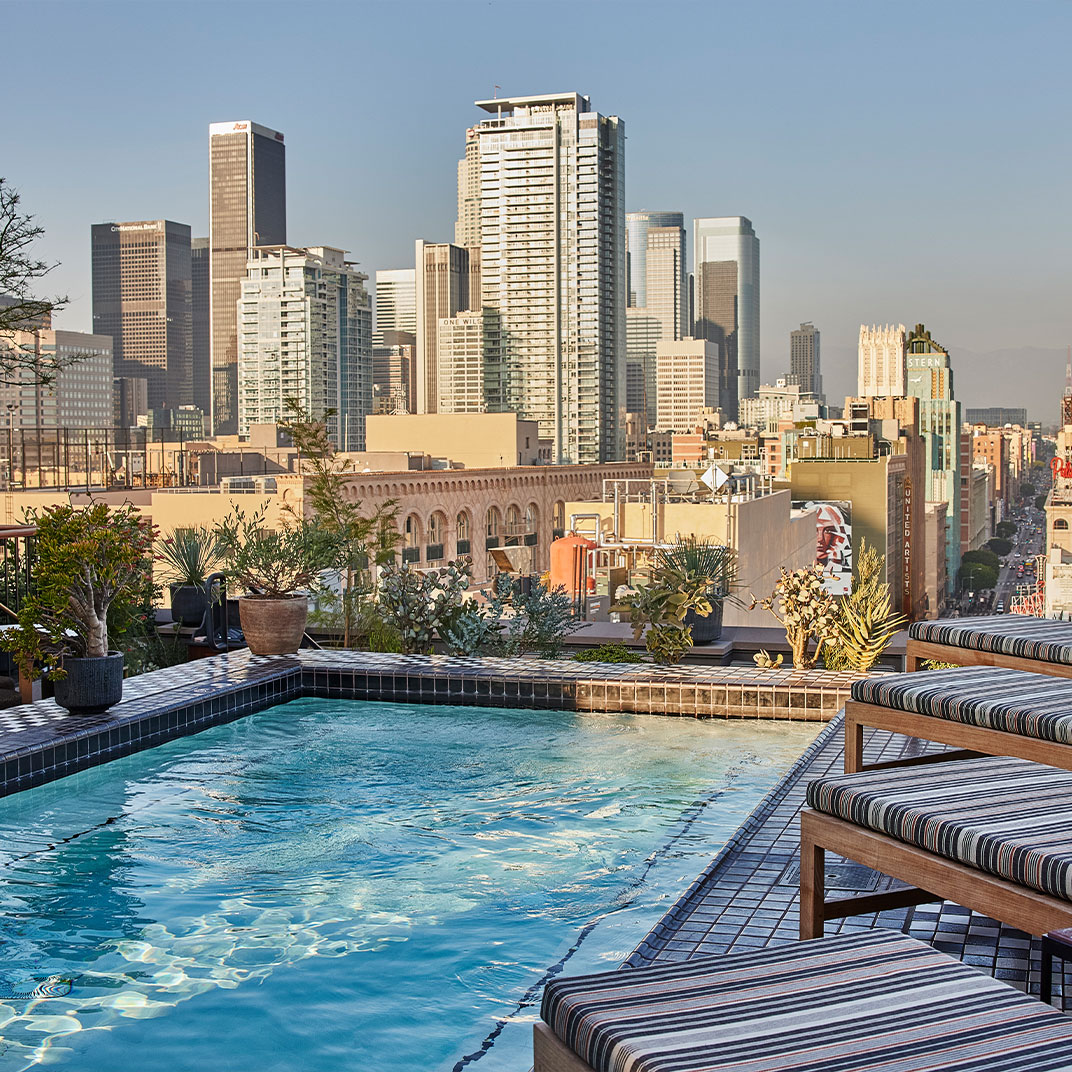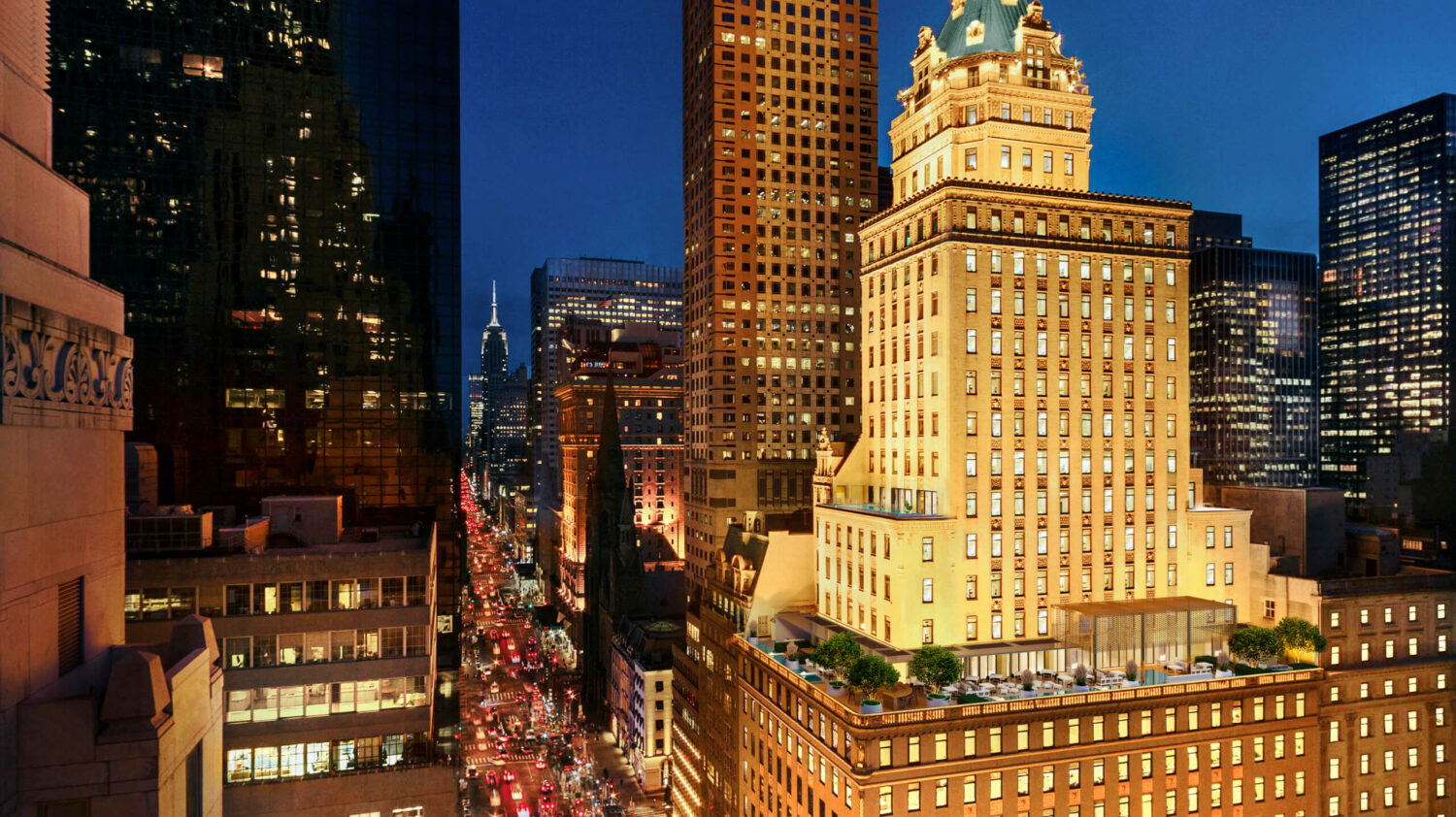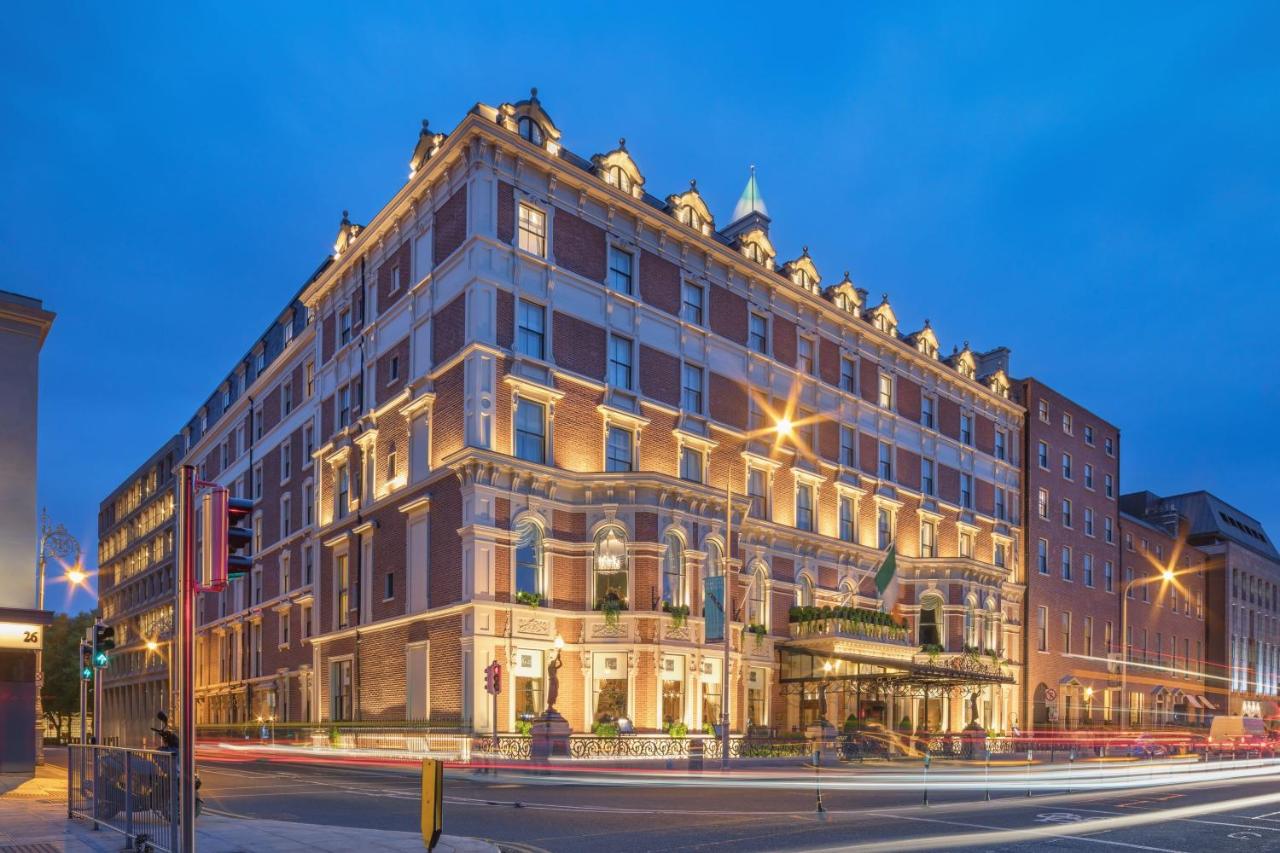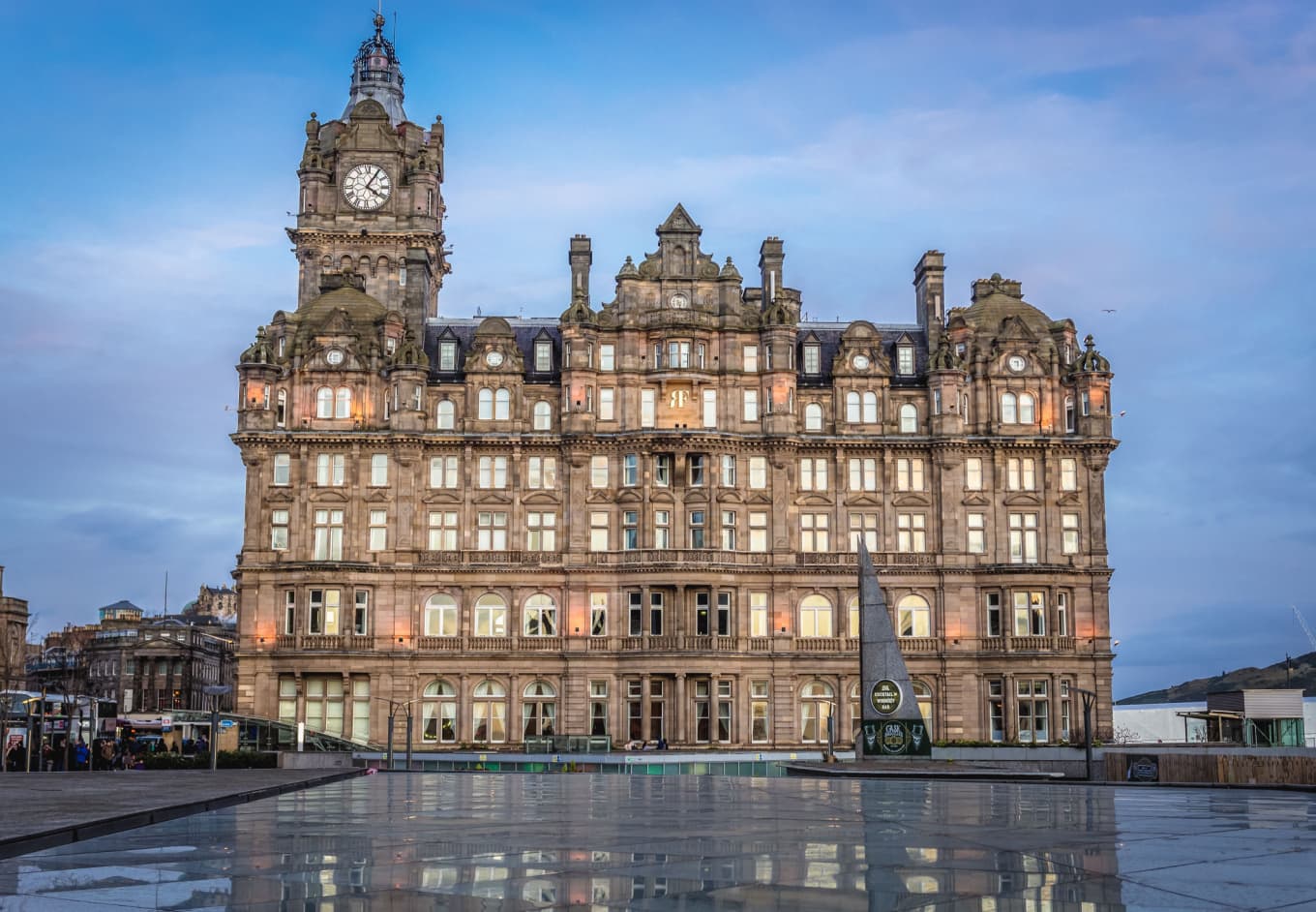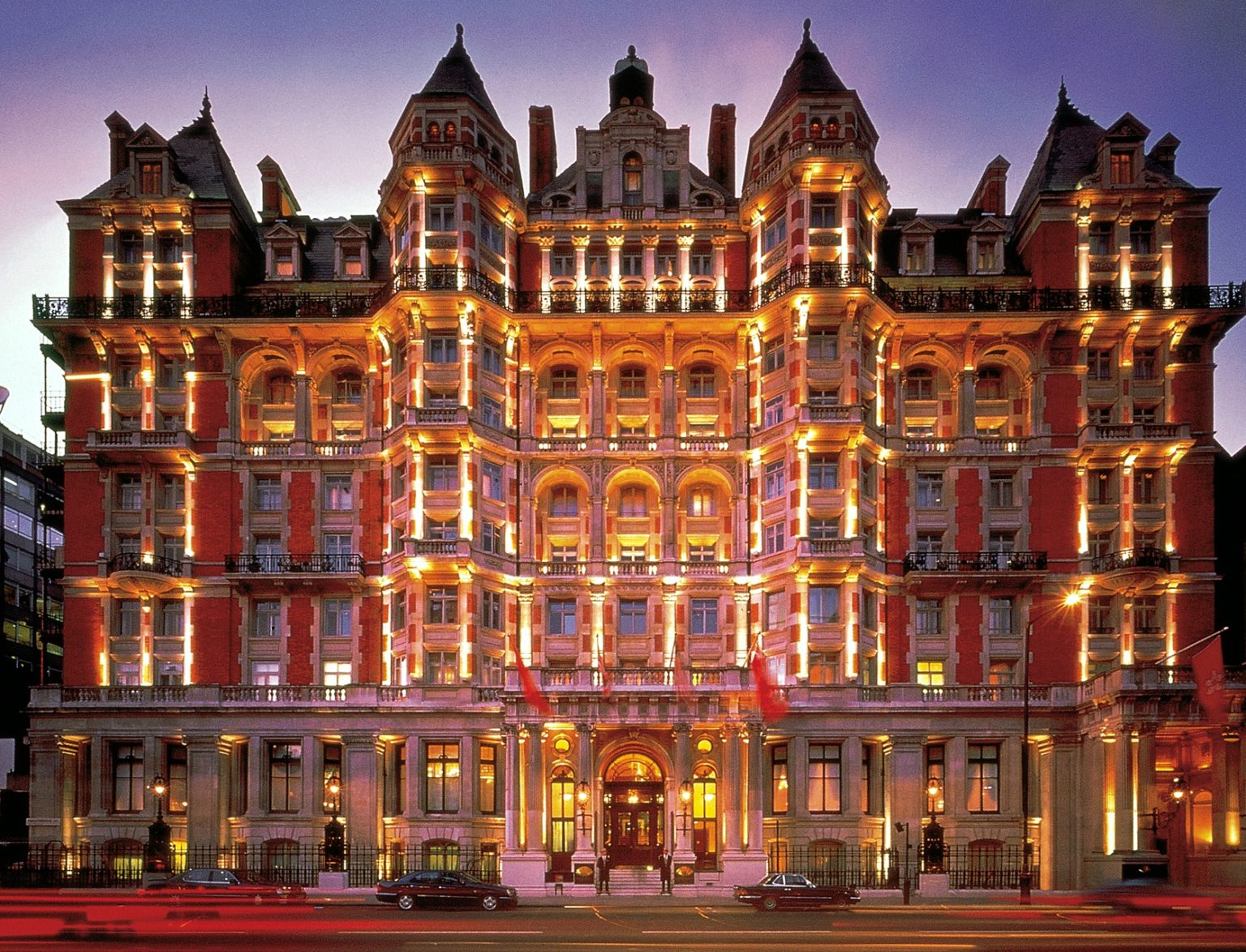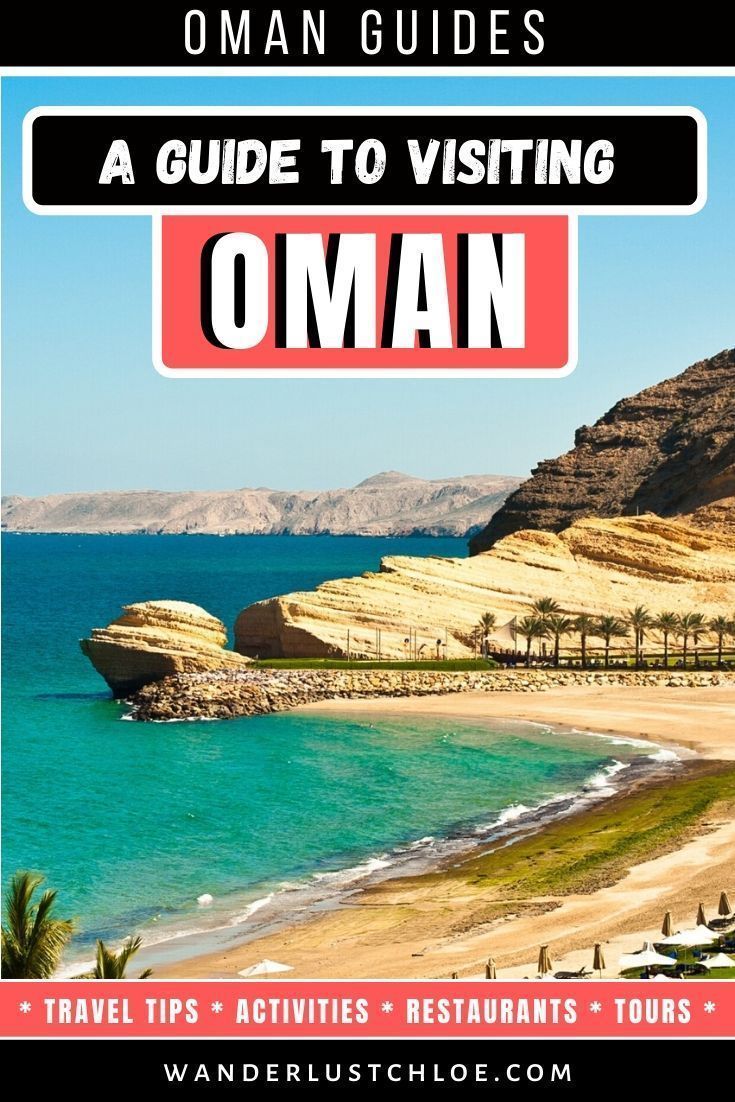
Nestled on the southeastern coast of the Arabian Peninsula, Oman is a land where ancient traditions seamlessly blend with modern aspirations, where dramatic landscapes captivate the soul, and where the warmth of its people is as legendary as its history. Far from the glittering skyscrapers of some of its neighbors, Oman offers a more authentic and tranquil Arabian experience, a journey back in time punctuated by breathtaking natural beauty. From the azure waters of the Arabian Sea to the rugged grandeur of the Hajar Mountains, this is a destination that promises adventure, cultural immersion, and unforgettable memories.
This comprehensive guide will equip you with everything you need to plan your perfect Omani escape, from its captivating history to the practicalities of your journey.
A Tapestry of History: Echoes of Empires and Maritime Might

Related Articles about Oman: A Jewel of Arabia – Your Essential Travel Guide:
- The Netherlands: A Journey Through Windmills, Canals, and Centuries of Charm
- The Land of the Long White Cloud: Your Ultimate Travel Guide to New Zealand
- Jordan: Where Ancient Sands Whisper Tales of Empires and Wonders
- Maldives: An Azure Dream – Your Ultimate Travel Guide to Paradise
- Portugal: A Tapestry of Sun-Kissed Shores, Ancient Tales, and Culinary Delights
Oman’s history is a rich and complex narrative, shaped by its strategic location as a vital maritime trading hub for millennia. Ancient civilizations, including the Sumerians and the Indus Valley people, recognized its potential, establishing trade routes that brought frankincense, copper, and textiles to distant lands.
The rise of the Omani Sultanate in the 8th century marked a significant turning point. The Ibadi sect, a moderate branch of Islam, took root, fostering a unique religious and cultural identity. The Portuguese, drawn by Oman’s strategic importance, established a presence in the 16th century, leaving behind impressive forts that still stand as testaments to their era. However, it was the Al Said dynasty, who seized power in the mid-18th century, that truly forged Oman into a formidable maritime power. Under their rule, Omani influence extended across East Africa, reaching Zanzibar and beyond, making it a significant player in the Indian Ocean trade.
The 20th century brought significant changes, particularly under the visionary leadership of Sultan Qaboos bin Said Al Said. He ascended to the throne in 1970 and embarked on a remarkable journey of modernization, transforming Oman from a relatively isolated nation into a prosperous and welcoming country. His reign focused on education, healthcare, infrastructure development, and preserving Oman’s rich cultural heritage, laying the foundation for the Oman we experience today.
Top Attractions: Where Nature and Culture Converge
Oman’s allure lies in its diverse landscapes and the historical treasures they hold. Here are some of the must-visit attractions:
1. Muscat: The Elegant Capital:
Muscat, Oman’s capital, is a city of understated elegance. Unlike many sprawling metropolises, it retains a charming, low-rise skyline, framed by rugged mountains.
- Sultan Qaboos Grand Mosque: A breathtaking architectural masterpiece, this mosque is a symbol of Islamic art and architecture. Its sheer scale, intricate details, and serene atmosphere are awe-inspiring. Remember to dress modestly when visiting.
- Muttrah Corniche & Souq: Stroll along the picturesque corniche, breathing in the salty air, and then immerse yourself in the vibrant chaos of the Muttrah Souq. This traditional market is a treasure trove of frankincense, silver jewelry, textiles, spices, and Omani handicrafts.
- Al Jalali and Al Mirani Forts: These imposing 16th-century Portuguese forts stand guard over Muscat’s harbor, offering a glimpse into the city’s defensive past and providing panoramic views.
- Royal Opera House Muscat: A modern marvel, this opera house hosts world-class performances and is a testament to Oman’s commitment to the arts.
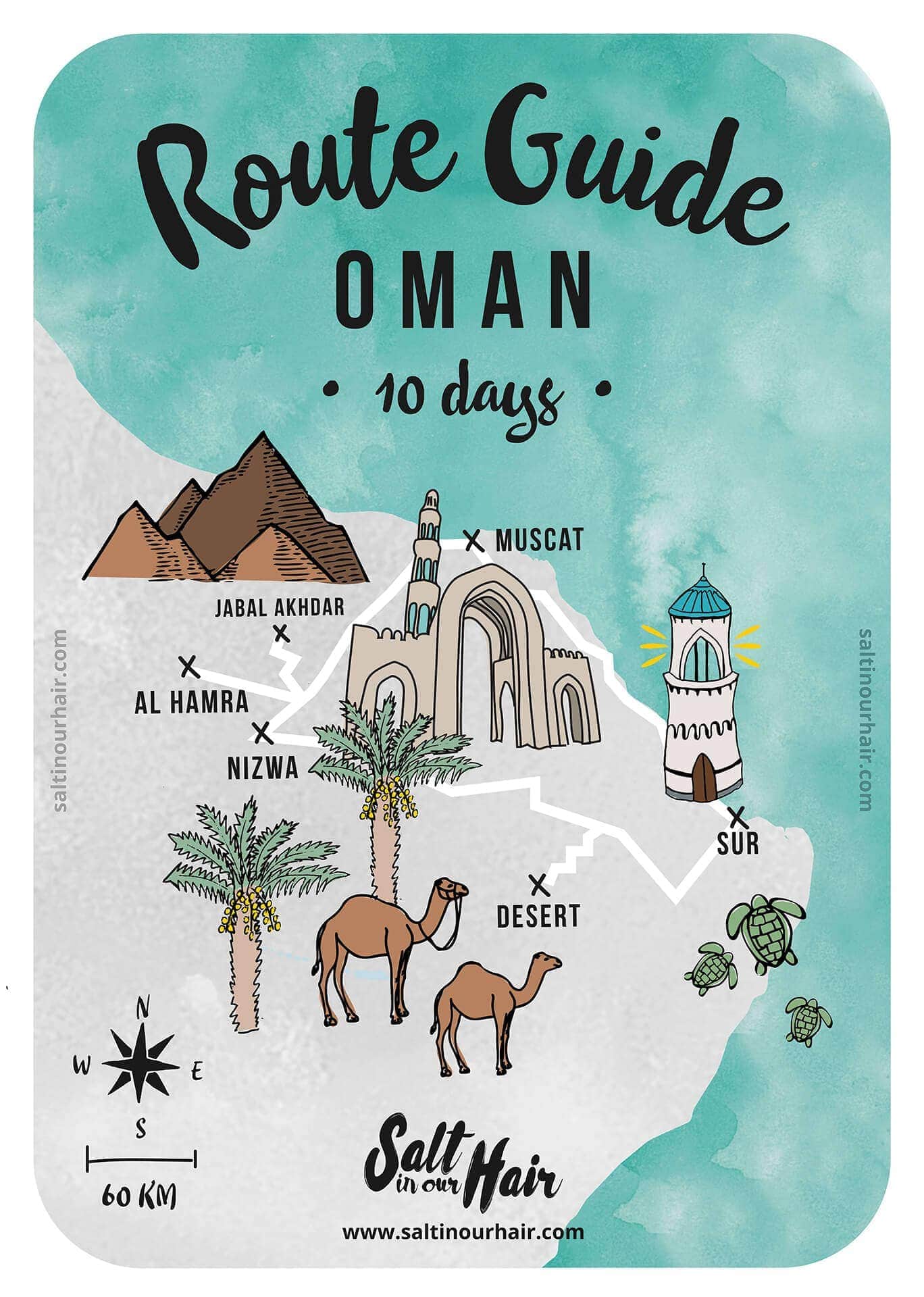
2. Nizwa: The Historic Heart:
Nizwa, once the capital of Oman, is a city steeped in history and tradition, nestled at the foot of the Hajar Mountains.
- Nizwa Fort: This magnificent circular fort, with its imposing battlements and deep defensive well, is a prime example of Omani architecture. Climb to the top for stunning views of the surrounding oasis and mountains.
- Nizwa Souq: Famous for its Friday cattle market, Nizwa Souq is a lively hub where you can witness traditional bartering and find exquisite silver jewelry, pottery, and dates.
- Jebel Akhdar (Green Mountain): A short drive from Nizwa, this elevated plateau offers a dramatic change in scenery. Its cooler climate supports terraced farms growing roses, pomegranates, and apricots. Explore the traditional villages like Al Ayn and Al Aqur.
3. Jebel Shams: The Grand Canyon of Arabia:
The highest peak in Oman, Jebel Shams, is an awe-inspiring natural wonder. The drive up is an adventure in itself, revealing dramatic canyons and rugged terrain.
- The Balcony Walk: Embark on the famous "Balcony Walk," a relatively flat trail that clings to the edge of the canyon, offering unparalleled views of the immense Wadi Ghul.
- Star Gazing: Due to its high altitude and minimal light pollution, Jebel Shams is an exceptional spot for stargazing.
4. Wadi Shab and Wadi Tiwi: Emerald Oases:
These stunning wadis (valleys) offer a refreshing escape from the desert heat, with their crystal-clear turquoise pools, lush date palms, and dramatic rock formations.
- Wadi Shab: Hike through the wadi, swim in the natural pools, and discover a hidden waterfall within a cave – a truly magical experience.
- Wadi Tiwi: Similar to Wadi Shab, Wadi Tiwi offers a network of pools and cascades, with opportunities for swimming and exploring the verdant surroundings.
5. Salalah & the Dhofar Region: A Tropical Paradise:
Located in the southern part of Oman, Salalah offers a starkly different experience. During the monsoon season (Khareef), the landscape transforms into a lush, green paradise.
- Frankincense Trail: Explore the ancient frankincense trees and learn about the historical significance of this aromatic resin.
- Beaches: Relax on pristine beaches like Al Mughsail, known for its blowholes.
- Historical Sites: Visit the ruins of Al Baleed Archaeological Park, a UNESCO World Heritage site, and the tomb of Nabi Ayoub (Job).
6. Wahiba Sands (Sharqiya Sands): Desert Adventures:
Experience the vastness and beauty of the Omani desert.
- Dune Bashing: Embark on an exhilarating 4×4 dune bashing adventure.
- Camel Rides: Enjoy a traditional camel ride as the sun sets, painting the dunes in hues of orange and gold.
- Bedouin Camps: Spend a night under the stars in a traditional Bedouin camp, experiencing their hospitality and enjoying local cuisine.
7. Khasab & the Musandam Peninsula: The Fjords of Arabia:
This exclave of Oman, separated from the rest of the country by the UAE, boasts dramatic fjords, towering cliffs, and a rich marine life.
- Dhow Cruises: Take a traditional dhow cruise through the stunning fjords, spotting dolphins and enjoying the breathtaking scenery.
- Diving and Snorkeling: Explore the vibrant underwater world of the Musandam Peninsula.
Travel Tips for an Enriching Omani Experience
- Visa Requirements: Check the latest visa regulations for your nationality well in advance of your trip. Many nationalities can obtain an e-visa online.
- Currency: The Omani Rial (OMR) is the official currency. ATMs are widely available in cities, and credit cards are accepted in most hotels, restaurants, and larger shops.
- Language: Arabic is the official language, but English is widely spoken in tourist areas, hotels, and businesses. Learning a few basic Arabic phrases will be appreciated.
- Dress Code: Oman is a conservative Muslim country. While tourist areas are more relaxed, it’s essential to dress modestly out of respect for local customs. For men and women, this generally means covering shoulders and knees. When visiting mosques, women will need to cover their hair.
- Respectful Behavior: Be mindful of local customs and traditions. Avoid public displays of affection, and always ask permission before taking photos of people.
- Alcohol: Alcohol is available in hotels and licensed restaurants but is not permitted to be consumed in public places.
- Tipping: Tipping is not mandatory but is appreciated for good service. A 10-15% tip is customary in restaurants and for hotel staff.
- Safety: Oman is a very safe country with a low crime rate. However, it’s always wise to exercise general precautions.
- Hydration: Oman can be very hot, especially during the summer months. Drink plenty of water to stay hydrated.
- Sun Protection: Always wear sunscreen, a hat, and sunglasses when outdoors.
Accommodation Options: From Luxury to Authentic
Oman offers a diverse range of accommodation to suit every budget and preference:
- Luxury Hotels: Muscat and Salalah boast world-class luxury hotels offering exceptional service, stunning views, and excellent amenities. Brands like The Chedi, Shangri-La, and Al Bustan Palace are renowned for their opulence.
- Boutique Hotels: For a more intimate and unique experience, consider Oman’s growing number of boutique hotels, often housed in beautifully restored traditional buildings.
- Desert Camps: Experience the magic of the desert by staying in a Bedouin-style camp in Wahiba Sands. These range from basic to luxurious, offering a truly immersive experience.
- Mid-Range Hotels: Comfortable and well-equipped hotels are available in most cities and towns, offering good value for money.
- Guesthouses and Homestays: In smaller towns and villages, you might find charming guesthouses or homestays that offer a more authentic glimpse into Omani life.
- Eco-Lodges: For nature enthusiasts, eco-lodges in areas like Jebel Akhdar provide a sustainable and immersive way to experience Oman’s natural beauty.
Transportation: Navigating the Sultanate
- Car Rental: This is by far the most popular and convenient way to explore Oman, offering flexibility and the freedom to discover hidden gems. A 4×4 vehicle is recommended if you plan to venture into the mountains or desert. International driving permits are generally accepted.
- Taxis: Taxis are readily available in cities and towns. Agree on the fare before starting your journey, or ensure the meter is used.
- Ride-Sharing Apps: Popular ride-sharing apps are operational in Muscat.
- Public Buses: A network of public buses connects major cities, offering a budget-friendly option, though schedules can be limited.
- Internal Flights: For longer distances, such as traveling between Muscat and Salalah, internal flights are efficient.
- Organized Tours: Many tour operators offer day trips and multi-day excursions to popular attractions, which can be a convenient option if you prefer not to drive.
Best Time to Visit Oman: Embracing the Seasons
Oman experiences distinct seasons, each offering a unique appeal:
- October to April (Winter and Spring): This is the most popular time to visit. The weather is pleasant, with daytime temperatures ranging from the mid-20s to low 30s Celsius (70s to low 90s Fahrenheit). This is ideal for outdoor activities, exploring cities, and enjoying the beaches. The nights can be cooler, especially in the mountains.
- May to September (Summer): Summers are hot and humid, especially in coastal areas like Muscat and Salalah. Daytime temperatures can soar above 40°C (104°F). However, if you plan to visit the Dhofar region during the Khareef (monsoon season, roughly July to September), Salalah transforms into a lush green wonderland with cooler temperatures and refreshing breezes – a unique experience. The mountains also offer a respite from the heat.
In conclusion, Oman is a destination that promises an extraordinary travel experience. It’s a place where you can wander through ancient forts, trek through breathtaking canyons, camp under a blanket of stars, and be welcomed by the genuine warmth of its people. With its rich history, stunning landscapes, and commitment to preserving its unique culture, Oman is a true jewel of Arabia, waiting to be discovered. Pack your bags, open your mind, and prepare to be captivated by the magic of this enchanting land.
